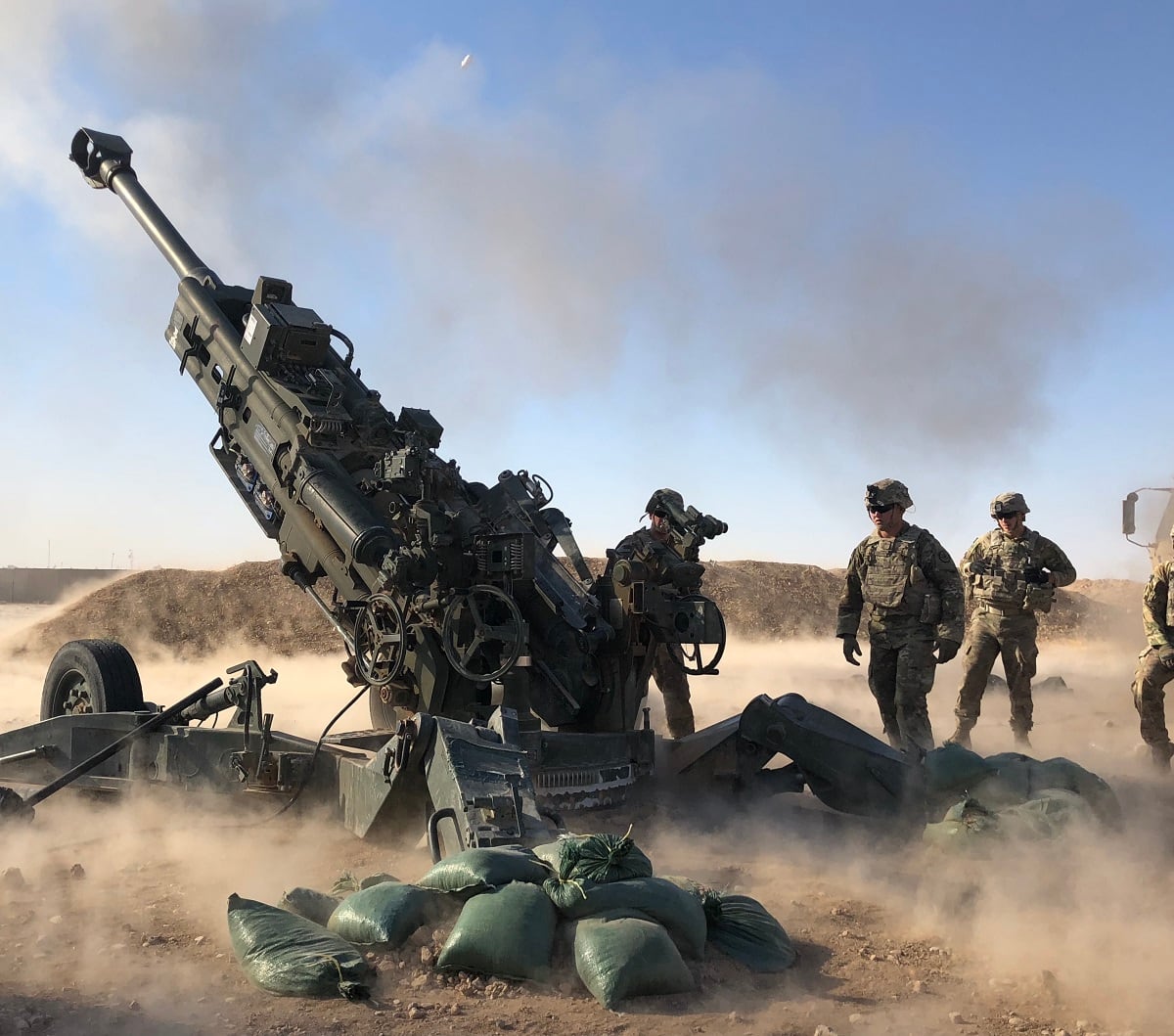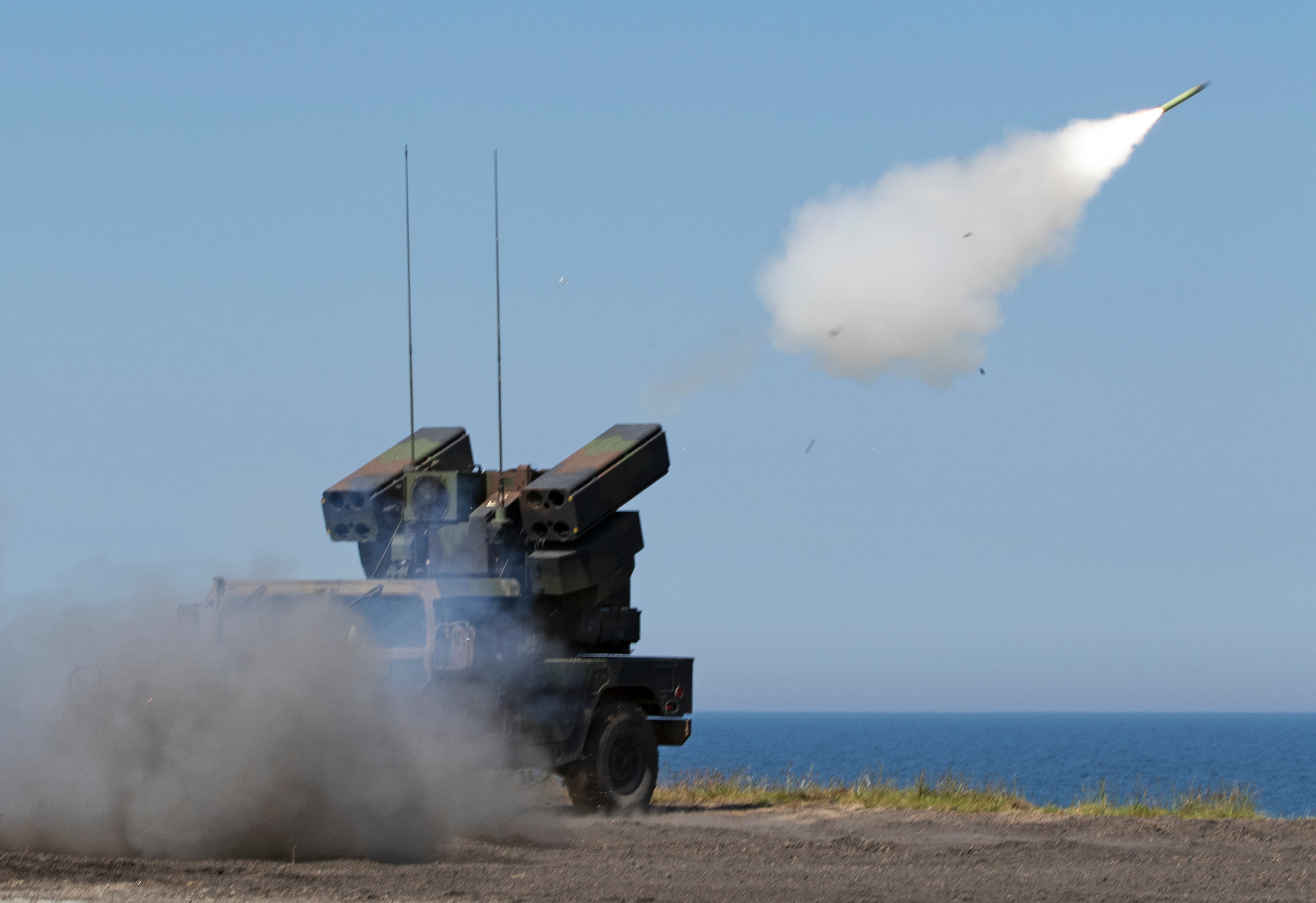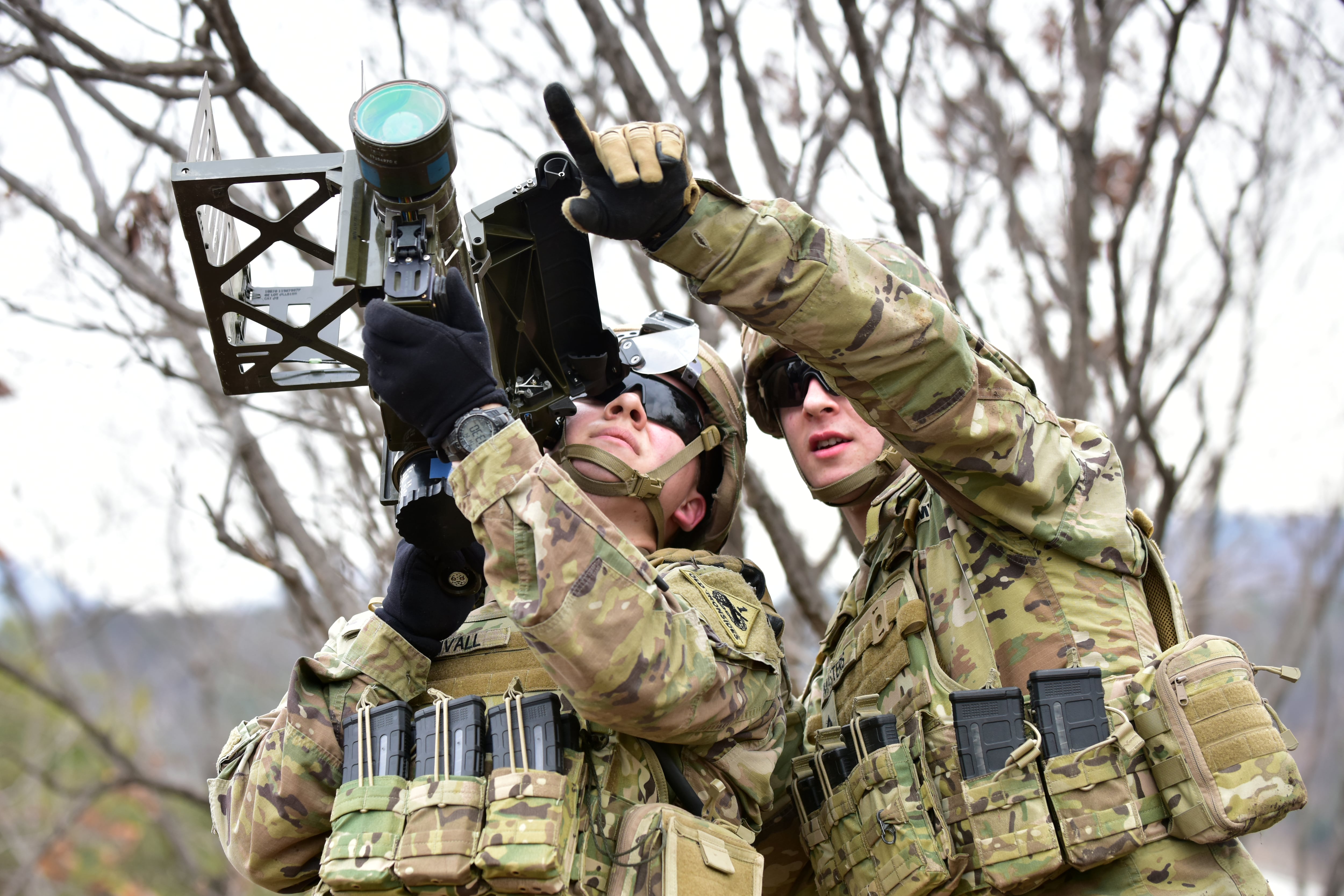The Army’s new pilot Stinger missile course and the formation of a new short-range air defense unit last year are the first steps in an ambitious goal — 10 SHORAD battalions and Strykers brimming with hellfire and Stinger missiles to counter what’s being seen in Ukraine and elsewhere.
That means job openings for interested soldiers and new recruits.
A recent Army release noted that while the service has 519 positions on the rosters for the air missile defense crewmember MOS, they plan to quadruple that in the next five years as they build out those battalions and field the necessary equipment, said Sgt. 1st Class Arianna Cook, senior advisor for the 14P MOS at the ADA School.
RELATED

“We will have one of the fastest-growing MOSs in the Army,” Cook said in the release. And in short order those new 14Ps will need to know how to shoot three systems — Avengers, Stingers and the Counter-Rocket Artillery Missile system, which shoots 90 rounds per second at incoming threats.
Like a lot of things Pentagon related, this is a bit of returning to Cold War ways of combat. The Army once had SHORAD battalions for each division. But by 2017 no division had such a battalion to call on.
Mostly, that was a byproduct of the counterinsurgency and counterterrorism focus of the recent wars. There just wasn’t an air missile threat to speak of.
But buildup of Russian short-range missile capabilities along with ever-growing drone threats has top leaders rethinking the force distribution.
In March, Lt. Gen. James Pasquarette told attendees at the Association of the U.S. Army’s Arlington, Virginia headquarters that the Pentagon had “vastly” increased the money it was spending on key systems to regain U.S. overmatch on missile defense, especially at short and medium ranges.
That funding is helping fill the gap created by the SHORAD battalion deactivation.
And the moves are to help protect maneuver brigades against those airborne threats, said Col. Mark A. Holler, commandant of the Air Defense Artillery School at Fort Sill, Oklahoma.

Holler called observations from the conflict in Ukraine a “wake-up call” for the air defense community and the Army at large.
The Army does have four Avenger batteries, one in Korea, one at Fort Sill, another at Fort Campbell, Kentucky and one with the Global Response Force at Fort Bragg, North Carolina.
To get there, soldiers are heading into old storage and pulling out Avenger missiles, which was the base munition for the re-established 5th Battalion of the 4th Air Defense Artillery Regiment.
Half of the 72 pulled from mothballed storage went to the unit. The rest are at a pre-positioning equipment depot in Germany, according to the release.
Those soldiers are toting the Avenger on modified Humvees that include a turret and two Stinger missile pods.
The Avengers first saw use in the early 1990s but wound up in depots or with National Guard units in recent years.
But that’s not a permanent solution. As the battalions are filled, the Army is going to gear them up with a little more firepower, and protection.
They’ll eventually get maneuver SHORAD capability on a Stryker platform that can carry two Hellfire missiles, a 30mm chain gun, 7.62mm machine gun and four Stinger missiles.
They’re being built and the first are expected to be completed at the end of July.
The Army will also stand up Indirect Fire Protection Capability units in both the active component and Guard. Their role will be to protect both fixed and semi-fixed corps and division-level assets, Holler said.
Some existing battalions that carry the land-based Phalanx Weapons System, which is a counter rocket, artillery and mortar, or C-RAM, system will transition to those IFPC units also, he said.
Bringing back the skills
Skills weren’t entirely lost. The ADA school had one 14P instructor working mostly with seven Guard Avenger battalions, Cook said. But they’ve since plussed up to eight instructors for just the Man-Portable Air Defense System, or MANPADS, Stinger course.
“We’re making a comeback,” Cook said. “That's kind of where we're at with our MOS.”
Part of that course is not just teaching soldiers to employ the weapon but teaching maneuver commanders how to use those units.
“I spent two years at Fort Benning with 19 kilos, with tankers … none of them had ever heard of [short-range] air defense,” Cook said. “All they knew was Patriot launchers.”
Some of that was what led to forming the MANPADS pilot course in 2017. They focused on building two-soldier teams as an interim solution for units rotating to Germany or Korea.
Six brigades have sent 156 soldiers through the course since it was started and those soldiers gained the additional skill identifier A5. That qualifies them to run the Stinger in a two-soldier team on enemy aircraft.
They run firing simulations against helicopters, which includes identifying friendly and adversary targets.
So far soldiers are from the 210th Fires Brigade, 1st Brigade of the 1st Cavalry Division, 3rd Brigade of the 82nd Airborne Division, 2nd Armored Cavalry Regiment and 173rd Airborne Brigade.
Added capability, and air conditioning
The Army modified some of the Avenger missiles pulled from storage with a “slew-to-cue” targeting console. This gives operators the ability to automatically turn the turret and lock onto targets by using remote radars to find them.
The rest of the Avengers will get that added capability through a service life extension program by the end of September 2020, Holler said.
The next upgrade will install a Mode 5 friend or foe identification, fire and control capability and convert old analog equipment to work on digital communications.
They’ll also add air conditioning and a new .50 caliber machine gun. That is planned to start in late 2020 and finish by 2023.
Todd South has written about crime, courts, government and the military for multiple publications since 2004 and was named a 2014 Pulitzer finalist for a co-written project on witness intimidation. Todd is a Marine veteran of the Iraq War.




